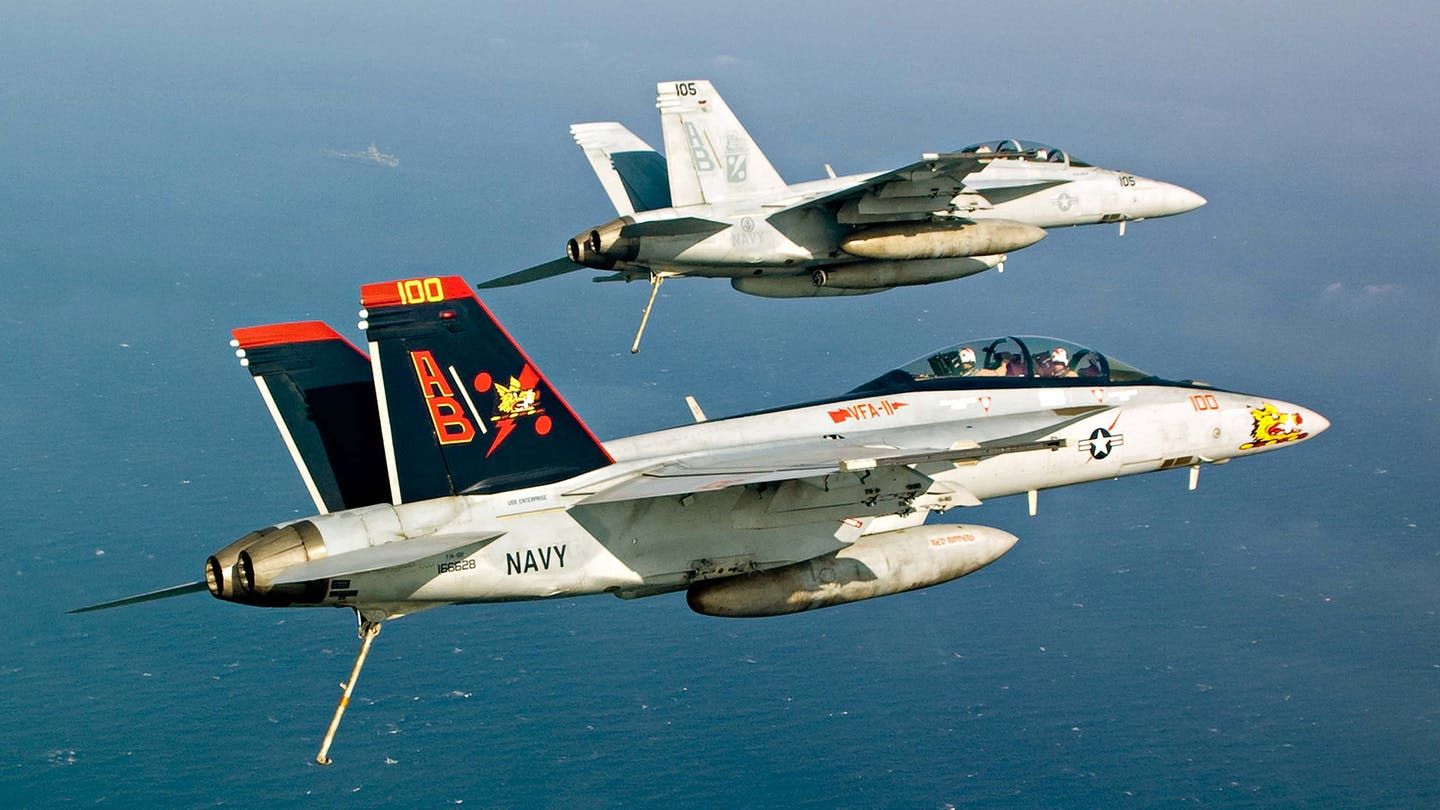
Witnesses Say USS Nimitz “Tic-Tac” Had Incredible Flight Capabilities, and That’s Not All
Article by Micah Hanks January 26, 2020 (mysteriousuniverse.org)
• The ‘FLIR 1’ UFO video taken by Navy aviators assigned to the USS Nimitz carrier group which captured an ‘unidentified aerial phenomena’, now commonly known as the ‘tic tac’ UFO, is one of the most widely-discussed UAP instances of the modern era. In November 2004, these objects were tracked on radar over the course of several weeks. Former Petty Officer 3rd Class Fire Controlman Gary Voorhis reported seeing the UFOs through binoculars from the top deck of the USS Princeton in the carrier group.
• Voorhis and former Lead Petty Officer, Ryan Weigelt, who watched the ‘tic tac’ UFO on the AN/SPY-1 Bravo radar aboard the USS Princeton, described the “otherworldly maneuverability” of the objects. The UAP could go “up, left, down, forward…at any speed it wanted to go.” “[I]t would move sharp to the right, sharp to the left, up, down, any particular direction it wanted to go. It had no rudders, no props, no jet plume. You couldn’t tell which side was the front and which side was the back, except that you’d just assume that which way is going forward is front. But you can’t even assume that, because it would just move sideways.”
• Voorhis and Weigelt noted another eerie characteristic of the ‘tic tac’ UFOs. When Navy pilot Commander David Fravor and the Navy jet accompanying him were alerted via radio that the object had reappeared, they were given a “cap point” location to reach. Fravor told the New York Times, “We were at least 40 miles away, and in less than a minute this thing was already at our cap point.” Somehow, the UFO was aware of the designated cap point location and got there first. Could the operators of the ‘tic tac’ UFO have had foreknowledge or other access to this information? Was it able to decode the Navy’s highly encrypted communications?
• Various accounts of these UFOs indicate that they possess capabilities far beyond anything that the US military has, or any other military for that matter. While these UFOs have not made any overt offensive actions against Navy jets, it is a concern that these mysterious objects have such highly advanced performance abilities. Just how much information does the US military have on these UFOs? What steps is the military taking to identify and learn more about these UFOs? We don’t know.
“Up, left, down, forward… any way it wanted to go, at any speed it wanted to go. Which was hard for your brain to kinda wrap around at first.”
This was how Gary Voorhis, former Petty Officer 3rd Class Fire Controlman aboard the USS Princeton, described the behavior of an unidentified flying object that was tracked and observed across multiple systems during a 2004 Naval incident off the coast of California. The events described here, commonly known today as the USS Nimitz UFO incident, have become one of the most widely-discussed instances involving unexplained aerial phenomena of the modern era.


A number of key factors have contributed to the attention this incident has gained, which include the involvement of multiple witnesses, and more fundamentally, that it had been a military encounter with obvious national defense implications. Also contributing to the interest it has received had been footage obtained with the help of the Raytheon ATFLIR targeting pod systems employed by the Navy, as well as observations by radar operators and other technicians in the Navy’s Strike Carrier Group-11. All of these sources provided information about the operational capabilities of the craft, which has since been popularly likened to a bus-sized, flying “tic-tac”.
Gary Voorhis and Ryan Weigelt, both of whom served with the Carrier Group-11 at the time of the incident, related a number of unique details to me during a recent interview I conducted with them about the incident. Voorhis, as described earlier, had been a Petty Officer 3rd Class Fire Controlman aboard the USS Princeton, and was one of the system technicians for the Cooperative Engagement Capability and AEGIS Combat systems, which included the AN/SPY-1 Bravo radar. Weigelt, a former Leading Petty Officer, had been the power plant specialist of the SH-60B Seahawk helicopter at the same time.
One of the key elements that both men shared with me in our interview had been their recollection of seeing the now-famous intercept attempt led by Commander David Fravor, a former commanding officer of Strike Fighter Squadron 41 (and, notably, the officer to first compare the object or aircraft’s shape to a “tic-tac”). Fravor was accompanied at the time of the intercept by his weapon systems officer and two other pilots.
FAIR USE NOTICE: This page contains copyrighted material the use of which has not been specifically authorized by the copyright owner. ExoNews.org distributes this material for the purpose of news reporting, educational research, comment and criticism, constituting Fair Use under 17 U.S.C § 107. Please contact the Editor at ExoNews with any copyright issue.
‘FLIR 1’, David Fravor, Gary Voorhis, Ryan Weigelt, tic tac UFO, U.S. Navy, USS Nimitz, USS Princeton